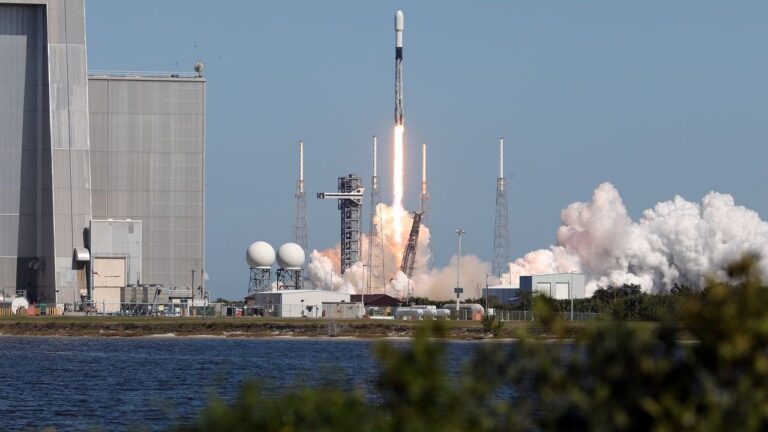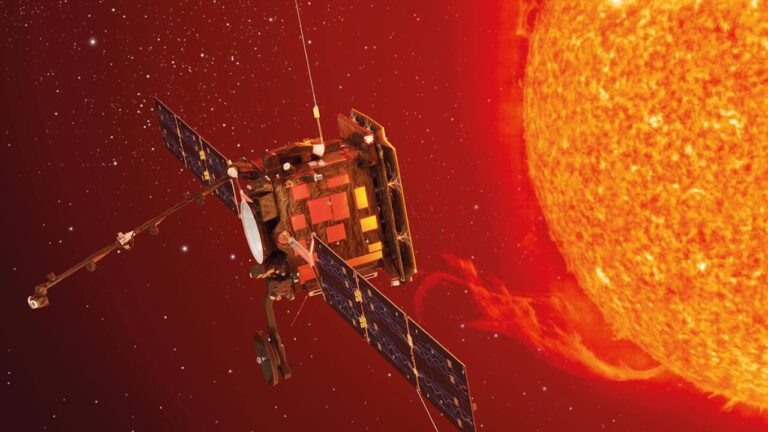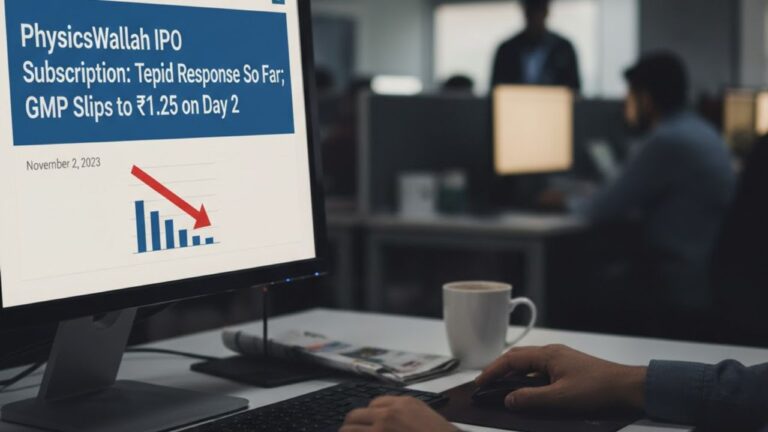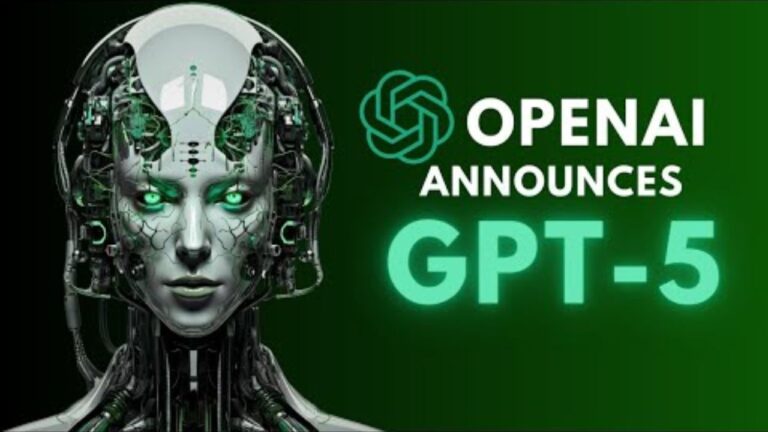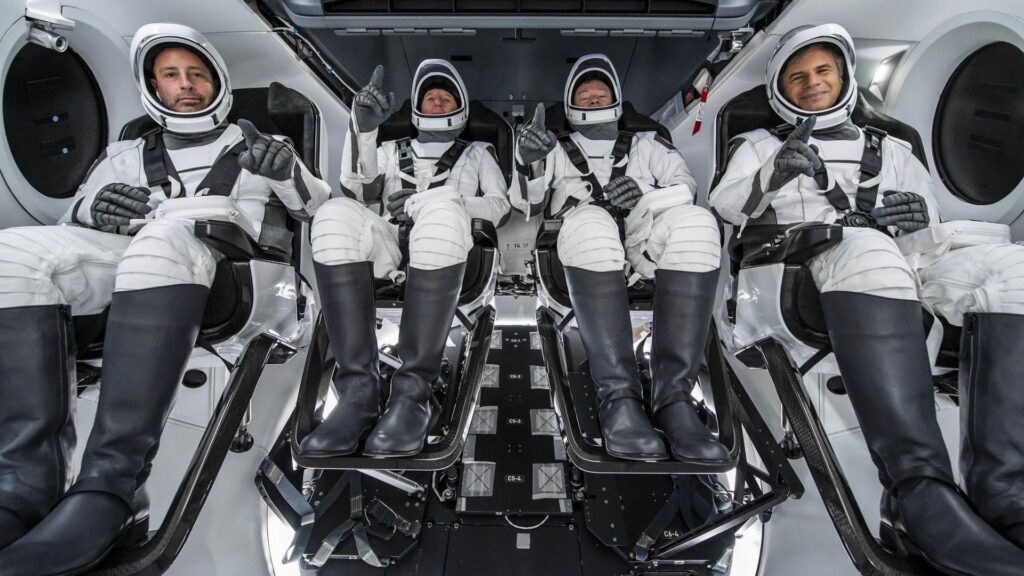
A scheduled launch of Axiom Space’s fourth private astronaut mission to the International Space Station (ISS) has been delayed due to a liquid oxygen leak detected in the Falcon 9 booster, SpaceX confirmed late Tuesday.
Originally slated for June 11, the launch was halted after post-static fire inspections revealed a persistent leak in the booster, which had previously flown a Starlink mission in April. SpaceX stated that more time is required to address the issue, and a new launch date will be announced pending resolution of the leak and availability on the launch range.
“This issue was first noted during refurbishment after the booster’s last flight. Unfortunately, we didn’t catch it completely and it wasn’t fully corrected,” explained Bill Gerstenmaier, SpaceX’s Vice President of Build and Flight Reliability. He added that although efforts were underway to install additional hardware to contain the leak, the work could not be finalized in time for the scheduled launch.
The booster is also facing another technical concern — a problem in the thrust vector control system of one of its engines. Components are being replaced, although this has not been identified as a factor delaying the mission.
This technical snag adds to a series of earlier delays for the Axiom Mission 4 (Ax-4). Initially expected to lift off in spring, the mission was rescheduled several times, partly due to a decision in February to swap its Crew Dragon spacecraft. The vehicle originally allocated for Ax-4, Endurance, was reassigned to NASA’s Crew-10 mission, which launched in March, pushing Ax-4 into a late spring window.
Subsequent setbacks, including readiness issues with the new Crew Dragon capsule and unfavorable weather, caused further postponements from late May to June 8, then to June 10, and finally to June 11 before the most recent delay due to the leak.
Despite the delay, there is no immediate urgency to launch. NASA’s ISS program manager Dana Weigel confirmed that the space station can accommodate Ax-4 launch opportunities through the end of June. Additional windows will open again in mid-July following routine Russian cargo spacecraft activities and lighting adjustments.
However, a prolonged delay may impact other missions. The same Falcon 9 booster scheduled to carry Ax-4 is also assigned to launch NASA’s Crew-11 mission, currently targeted for no earlier than late July.
Ax-4 marks Axiom Space’s fourth commercial astronaut trip to the ISS, utilizing a SpaceX Crew Dragon. Commanded by veteran NASA astronaut Peggy Whitson — making her fifth journey to space — the mission also features pilot Shubhanshu Shukla of India and mission specialists Sławosz Uznański-Wiśniewski of Poland and Tibor Kapu of Hungary. All three will become the second astronauts from their respective countries to reach orbit.
The crew is expected to spend roughly two weeks aboard the ISS, conducting around 60 scientific experiments and participating in outreach efforts. Several of these investigations are joint collaborations between NASA and the Indian Space Research Organisation (ISRO), making Ax-4 the most research-intensive mission Axiom has conducted to date.
Meanwhile, NASA is reviewing proposals for two more private astronaut missions (PAMs), with flights anticipated in 2026 and 2027. Although Axiom Space has flown all previous PAMs without competition, other players — including commercial space station developer Vast — are now looking to bid.
“Axiom intends to compete for PAMs 5 and 6,” confirmed Allen Flynt, Axiom’s Chief of Mission Services. “These missions are vital for building our capabilities and preparing for operations aboard our future space station.”
NASA has not indicated any changes to its PAM schedule despite broader budget discussions and potential changes in ISS staffing.
